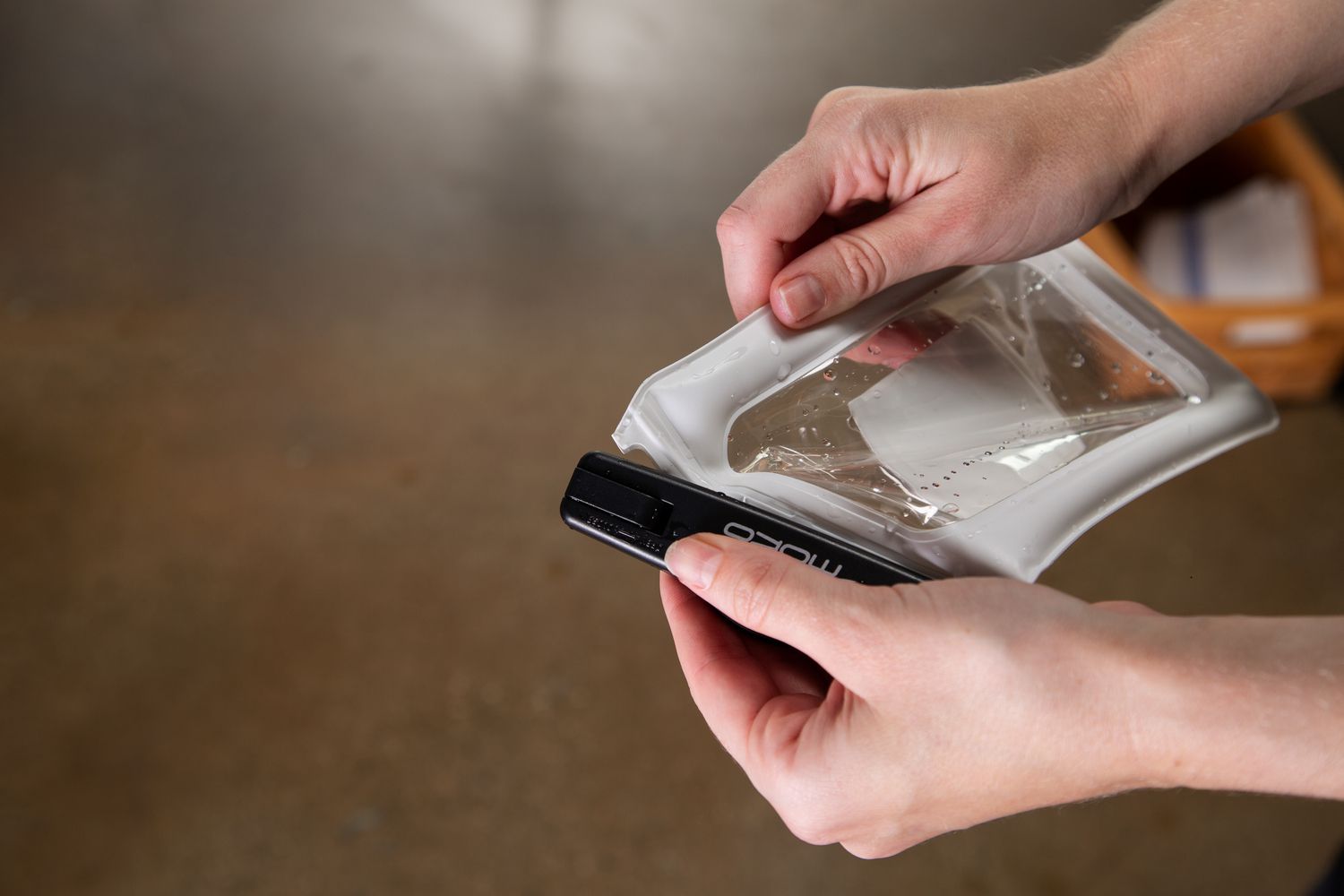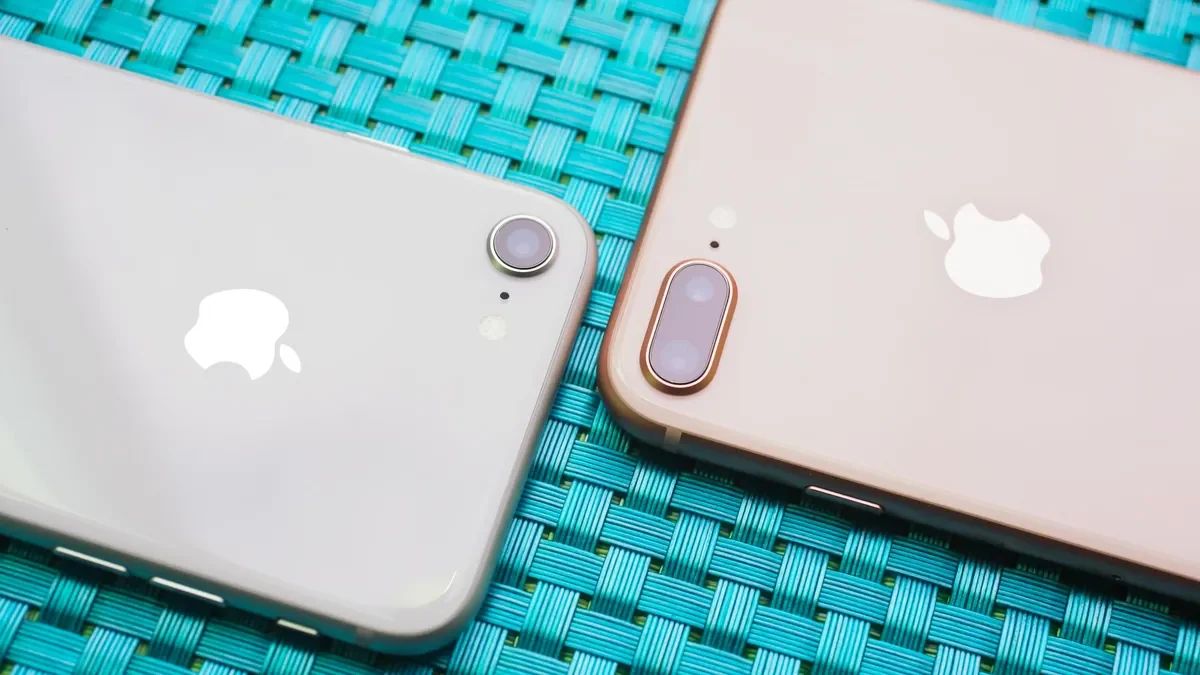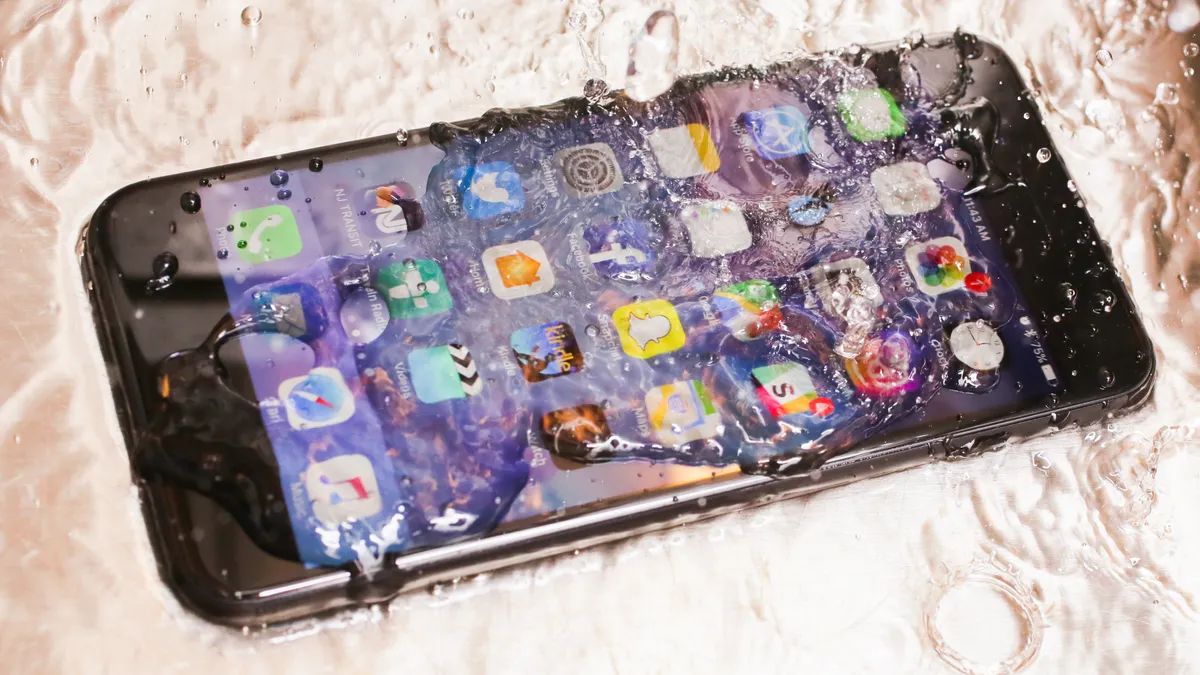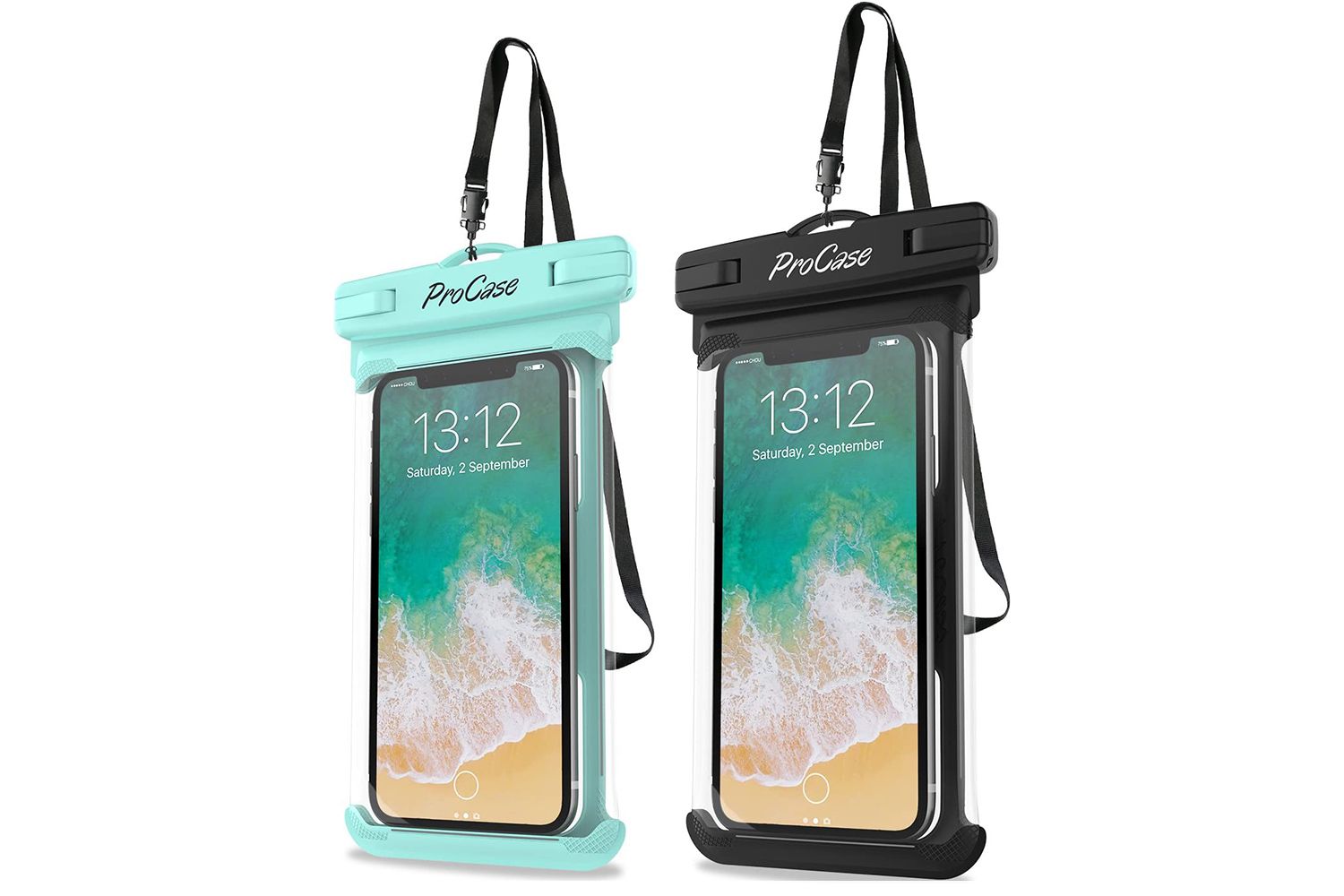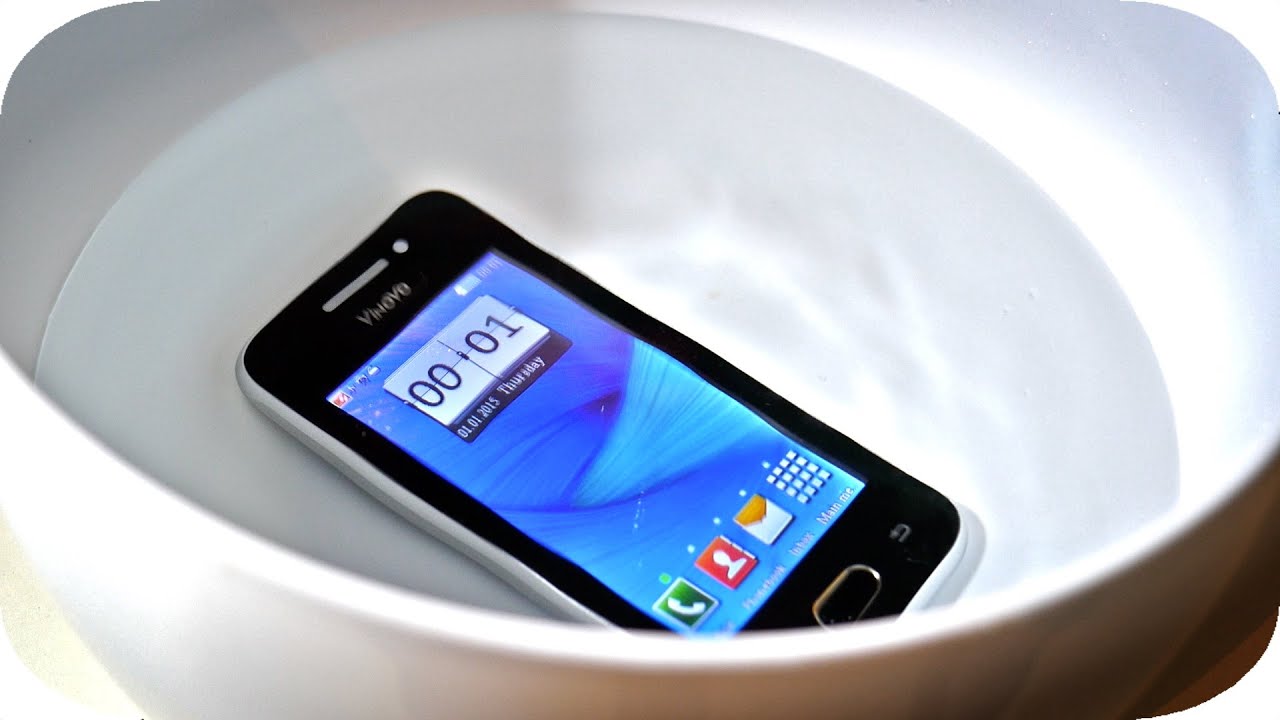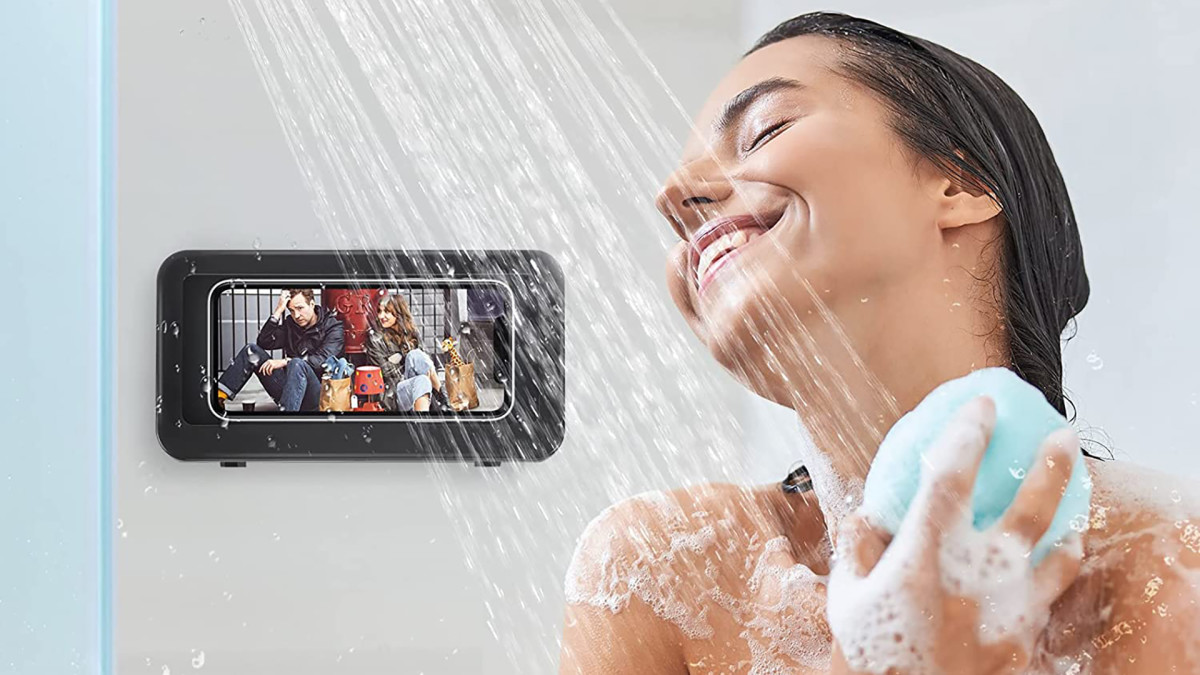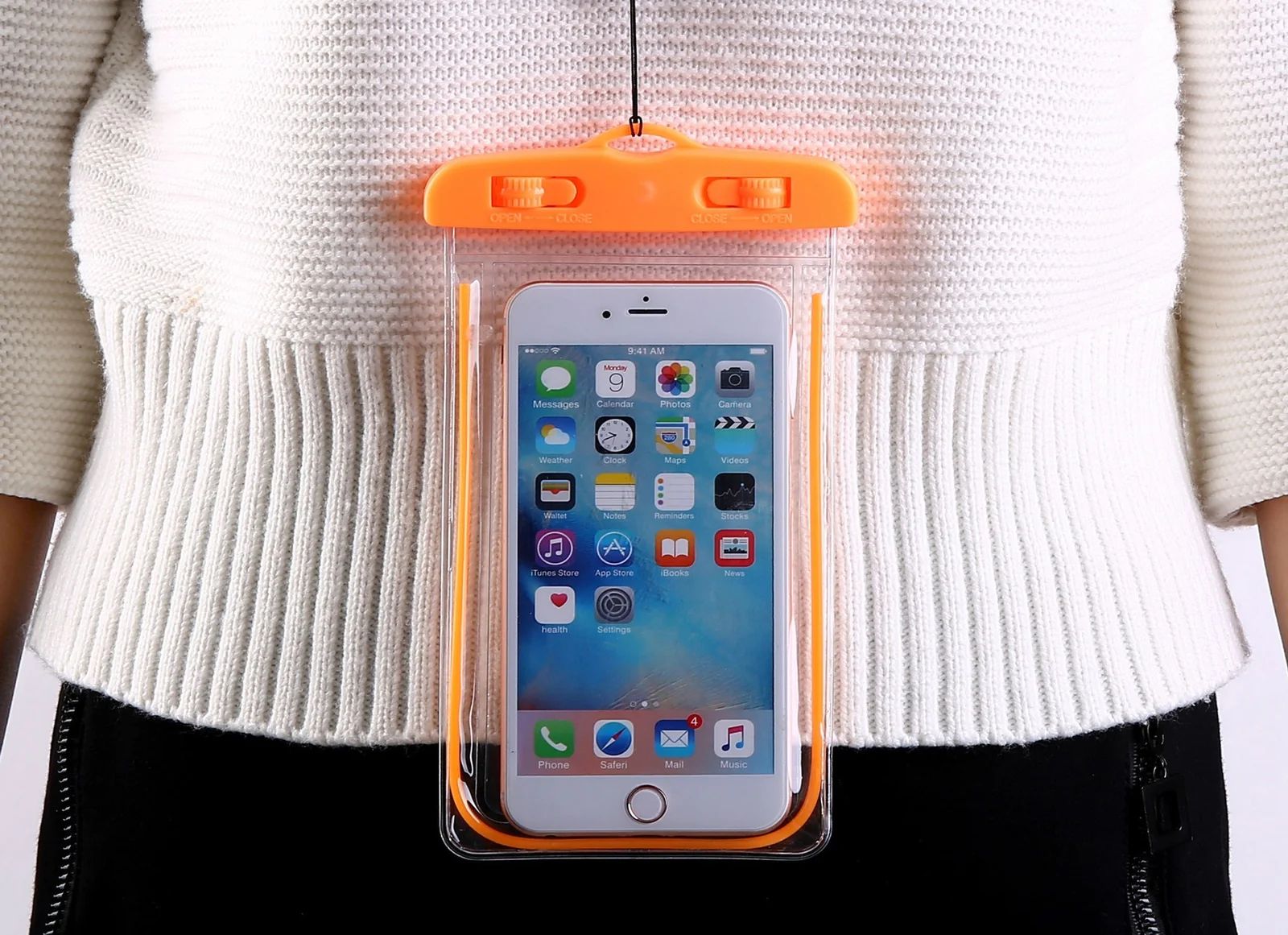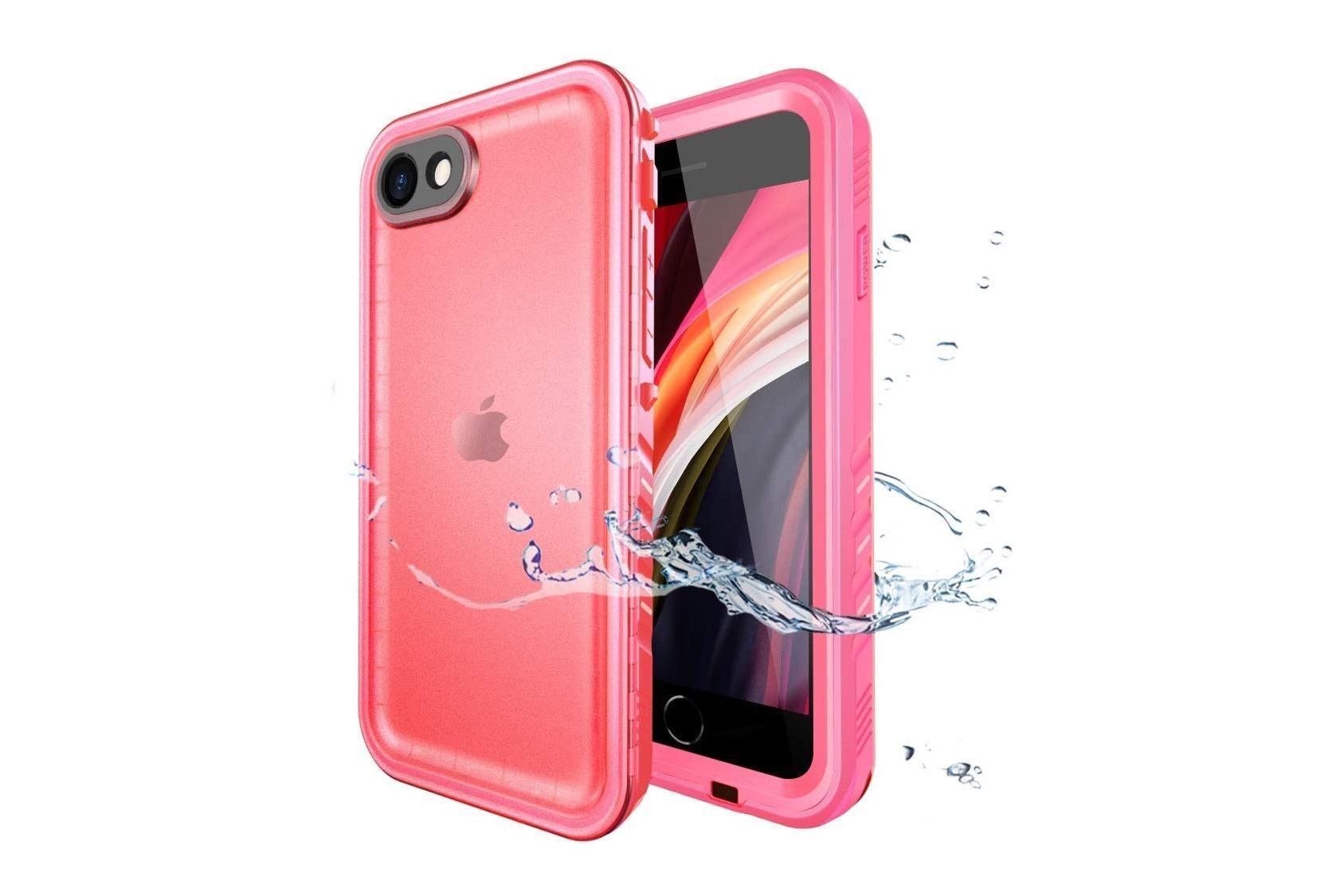Introduction
In today's tech-driven world, our smartphones have become indispensable companions, accompanying us through various activities, including outdoor adventures and beach vacations. However, the vulnerability of these devices to water damage poses a significant concern for many users. To address this issue, phone waterproof pouches have emerged as a popular solution, offering a protective barrier against water, sand, and other potential hazards.
The effectiveness of phone waterproof pouches is a critical consideration for anyone seeking to safeguard their valuable devices during water-related activities. Whether it's capturing memorable moments by the pool or simply ensuring that your phone remains functional during unexpected downpours, the reliability of these pouches is paramount.
In this comprehensive guide, we will delve into the intricate details of phone waterproof pouches, exploring the factors that influence their effectiveness and uncovering the proper testing methods to evaluate their performance. By gaining a deeper understanding of these aspects, consumers can make informed decisions when selecting a phone waterproof pouch that aligns with their specific needs and usage scenarios. Let's embark on this enlightening journey to unravel the mysteries behind the effectiveness of phone waterproof pouches and equip ourselves with the knowledge needed to protect our beloved devices from water-related mishaps.
Understanding the Purpose of Phone Waterproof Pouches
Phone waterproof pouches serve a vital purpose in safeguarding our smartphones from water damage. These innovative accessories are designed to provide a protective barrier, ensuring that our devices remain dry and functional in various water-related environments. Whether it's a day at the beach, a thrilling water sports adventure, or a relaxing poolside retreat, the primary objective of phone waterproof pouches is to shield our valuable smartphones from the detrimental effects of water exposure.
The fundamental purpose of phone waterproof pouches is rooted in the need to extend the usability of our smartphones to aquatic settings without compromising their safety. By encapsulating the devices within a waterproof enclosure, these pouches effectively prevent water, sand, and other potential hazards from infiltrating and causing irreparable damage. This functionality empowers users to capture stunning underwater photos, enjoy music by the pool, or simply have peace of mind knowing that their phones are shielded from unexpected water incidents.
Moreover, phone waterproof pouches cater to the growing demand for durable and reliable protection in outdoor and recreational settings. These pouches are engineered to withstand water submersion up to certain depths, allowing users to engage in water-based activities without the fear of damaging their smartphones. Additionally, the transparent and touch-sensitive materials used in these pouches enable uninterrupted access to the device's touchscreen, camera, and other essential features, ensuring a seamless user experience while maintaining robust protection.
In essence, the purpose of phone waterproof pouches transcends mere water resistance; it embodies the fusion of practicality, convenience, and peace of mind. By understanding the underlying purpose of these pouches, users can make informed decisions when selecting a suitable option for their specific needs, thereby embracing the freedom to explore aquatic environments while keeping their smartphones safe and fully functional.
Factors Affecting the Effectiveness of Phone Waterproof Pouches
The effectiveness of phone waterproof pouches is influenced by several critical factors, each playing a pivotal role in determining the degree of protection and reliability these pouches offer. Understanding these factors is essential for users seeking to make informed decisions and ensure that their smartphones remain safeguarded in water-related environments.
-
Material Quality: The composition of the waterproof pouch material significantly impacts its effectiveness. High-quality, durable materials such as PVC, TPU, or advanced composite fabrics contribute to superior water resistance and durability. The thickness and construction of the material also play a crucial role in withstanding water pressure and preventing leaks.
-
Sealing Mechanism: The effectiveness of a waterproof pouch heavily depends on its sealing mechanism. Reliable pouches feature secure closures, such as zip-lock or snap-lock systems, designed to create a watertight seal. The precision and robustness of the sealing mechanism directly influence the pouch's ability to keep water out, ensuring the device remains dry even when submerged.
-
Waterproof Rating: Manufacturers often specify a waterproof rating for their pouches, indicating the depth and duration for which the pouch can protect the enclosed device. Understanding these ratings is essential, as it provides users with clear guidelines on the pouch's capabilities and limitations in different water environments.
-
Compatibility and Fit: The proper fit of the phone within the pouch is crucial for its effectiveness. A well-fitted pouch ensures that the device is fully encapsulated and that no gaps or loose areas compromise its waterproof integrity. Additionally, compatibility with various smartphone models and sizes is vital to ensure a snug and secure fit.
-
Transparency and Touch Sensitivity: The clarity and touch sensitivity of the pouch material directly impact its usability. High-quality pouches maintain excellent transparency, allowing users to fully utilize their device's touchscreen, camera, and other features without hindrance, while still providing reliable protection.
-
Durability and Longevity: The overall durability and longevity of a waterproof pouch contribute to its effectiveness. Pouches constructed with robust materials and reinforced seams offer prolonged protection, ensuring that they remain reliable even after repeated use and exposure to various environmental conditions.
By considering these factors, users can evaluate the effectiveness of phone waterproof pouches and make informed choices based on their specific needs and usage scenarios. Whether embarking on a beach vacation, engaging in water sports, or simply seeking peace of mind during rainy weather, understanding these factors empowers individuals to select a pouch that provides optimal protection for their valuable smartphones.
Proper Testing Methods for Phone Waterproof Pouches
Ensuring the reliability and effectiveness of phone waterproof pouches necessitates comprehensive testing methods that simulate real-world water exposure scenarios. By subjecting these pouches to rigorous evaluations, manufacturers and consumers can ascertain their performance and suitability for various water-related activities. Here are the proper testing methods for phone waterproof pouches:
Submersion Testing
Submersion testing involves immersing the sealed pouch, containing a dummy phone or moisture-sensitive indicator, in water for a specified duration. The pouch is submerged at varying depths, replicating conditions such as swimming, snorkeling, or accidental drops into water bodies. This method assesses the pouch's ability to maintain a watertight seal and prevent water intrusion under different pressure levels.
Pressure Testing
Pressure testing evaluates the pouch's resilience against water pressure, particularly when submerged to significant depths. By subjecting the sealed pouch to controlled pressure conditions, either through specialized equipment or underwater chambers, this method determines its capacity to withstand water ingress and maintain the integrity of the enclosed device.
Leakage Testing
Leakage testing involves inspecting the pouch for any signs of water infiltration after exposure to water. This assessment may include visual inspections, moisture detection technologies, or disassembly of the pouch to examine potential entry points. By identifying and addressing leakage vulnerabilities, manufacturers can enhance the pouch's waterproof capabilities.
Durability Testing
Durability testing evaluates the pouch's resistance to wear and tear, ensuring it remains effective after prolonged use. This may involve repetitive opening and closing of the sealing mechanism, exposure to UV radiation, and abrasion tests to simulate real-world wear. A durable pouch maintains its waterproof properties and structural integrity over time, providing long-term protection for the enclosed device.
Compatibility Testing
Compatibility testing assesses the pouch's fit and functionality with various smartphone models and sizes. This includes verifying the accessibility of touchscreen features, camera functionality, and audio transmission while the device is enclosed. Ensuring compatibility guarantees a seamless user experience without compromising the pouch's waterproofing capabilities.
By employing these proper testing methods, manufacturers can validate the effectiveness of phone waterproof pouches, instilling confidence in their performance and reliability. Additionally, consumers can make informed decisions based on the results of these rigorous evaluations, selecting pouches that offer robust protection for their smartphones in diverse water environments.
Conclusion
In conclusion, the effectiveness of phone waterproof pouches is paramount in ensuring the safety and functionality of our smartphones in water-related environments. By understanding the purpose of these pouches and the critical factors influencing their effectiveness, users can make informed decisions when selecting a suitable option for their specific needs. The fusion of material quality, sealing mechanisms, waterproof ratings, compatibility, transparency, and durability collectively determines the reliability of these pouches in safeguarding our valuable devices.
Proper testing methods, such as submersion testing, pressure testing, leakage testing, durability testing, and compatibility testing, play a crucial role in validating the performance and suitability of phone waterproof pouches. These rigorous evaluations enable manufacturers to enhance the pouches' waterproof capabilities and instill confidence in their reliability, empowering consumers to choose pouches that offer optimal protection for their smartphones during water-based activities.
As we embrace the freedom to capture underwater memories, enjoy music by the pool, or navigate through unexpected downpours without compromising the safety of our smartphones, the effectiveness of phone waterproof pouches becomes a pivotal consideration. By integrating practicality, convenience, and peace of mind, these pouches elevate our smartphone usage to aquatic settings, allowing us to explore and engage in water-related activities with confidence and assurance.
Ultimately, the effectiveness of phone waterproof pouches transcends mere water resistance; it embodies the assurance of uninterrupted connectivity, the preservation of cherished memories, and the preservation of our devices in the face of water-related mishaps. With a thorough understanding of the factors influencing their effectiveness and the proper testing methods employed to validate their performance, users can embark on water-based adventures, beach vacations, and outdoor escapades, knowing that their smartphones are securely shielded within reliable and effective waterproof pouches.







